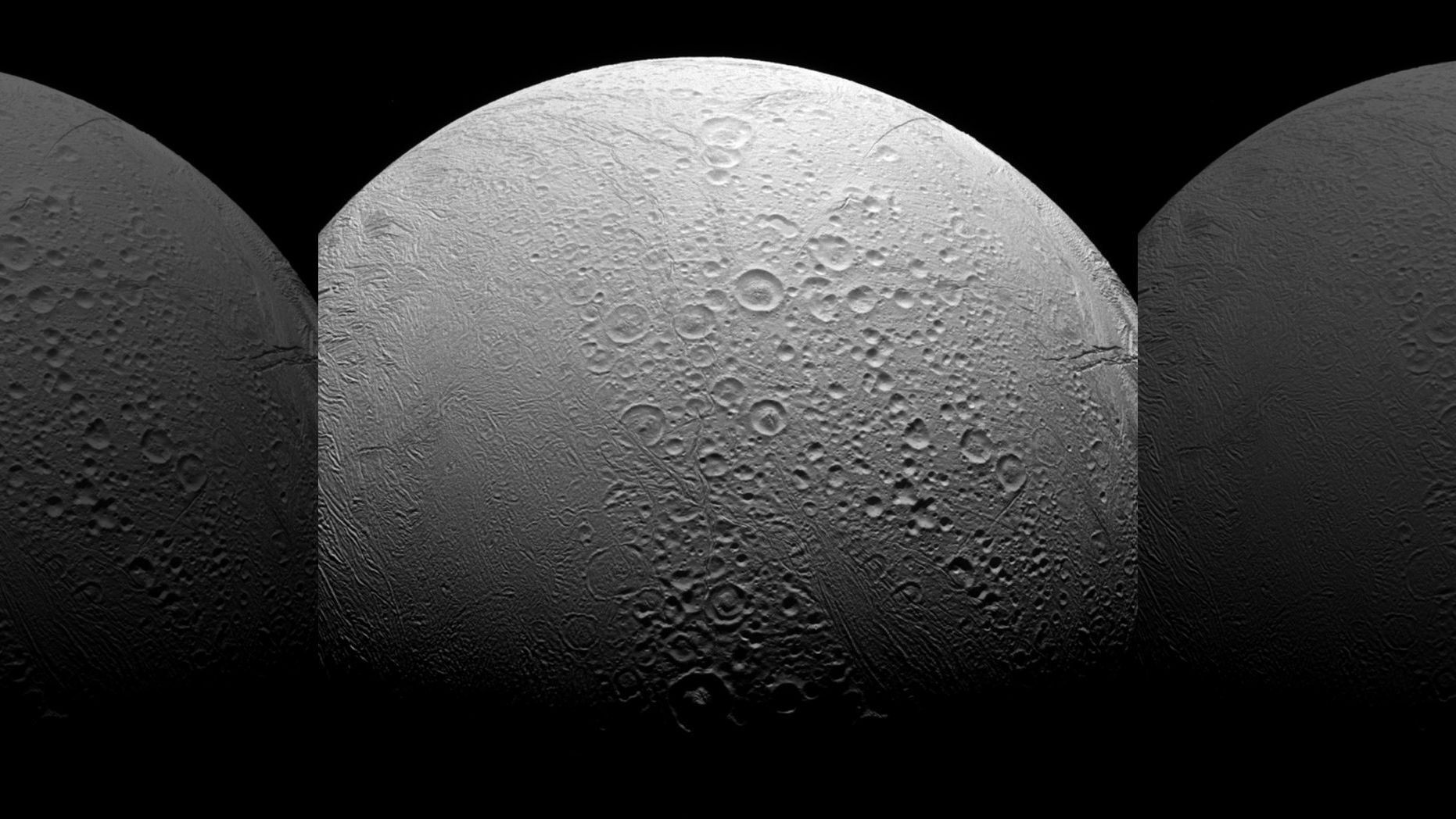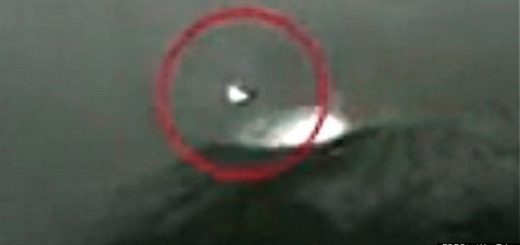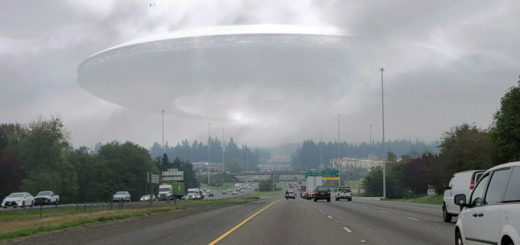Alien life may already exist in our galaxy

Saturn’s moon Enceladus, Jupiter’s moon Europa, Pluto and its moon Charon, as well as the dwarf planet Ceres are potential homes for extra-terrestrials, scientists at University of Texas at San Antonio and the Southwest Research Institute claim.
It’s all down to a process called radioalysis, which experts believe could breed life across the universe.
All that’s needed is a rocky core and water molecules – something scientists reckon our solar system has plenty of.
The study found that a the rocky cores of some planets and moons emit radiation which break up water molecules and in turn feed microbial life.
Scientists conducted an experiment to predict how the radiation would affect interior oceans on planets like Pluto and Saturn’s moon Europa.
Alexis Bouquet, lead author said: “The physical and chemical processes that follow radiolysis release molecular hydrogen, which is a molecule of astrobiological interest.”
The radiation comes from elements like uranium, potassium and thorium – all of which are found in a group of rocky meteorites called chrondites.
Pluto, as well as Saturn and Jupiter’s moons, is made up of chrondite.
That means any ocean water permeating the porous rock of the core could be affected by radiolysis, producing molecular hydrogen and reactive oxygen compounds – the building blocks for life.
NASA seems pretty convinced that Europa has a big ocean on it, and is planning to send a spaceship there to search for alien life.
Lifeforms which have formed through radiolysis can be found closer to home.
Bouquet said that they have been found in extreme environments on Earth.
These include a groundwater sample found nearly two miles deep in a South African gold mine and at hydrothermal vents on the ocean floor.
Their existence suggests microbes could be found where rock and ocean meet in planets like Enceladus or Europa.
“We know that these radioactive elements exist within icy bodies, but this is the first systematic look at the solar system to estimate radiolysis.
“The results suggest that there are many potential targets for exploration out there, and that’s exciting,” added co-author Dr Danielle Wyrick, a principal scientist in Southwest Research Institute’s Space Science and Engineering Division.
Radiolysis could also help create food for these aliens.
“Radiolysis in an ocean world’s outer core could be fundamental in supporting life. Because mixtures of water and rock are everywhere in the outer solar system, this insight increases the odds of abundant habitable real estate out there,” Bouquet said.
It’s just the latest discovery to delight UFO hunters.
Conspiracy theorists tongues were wagging after a mysterious star which could be home to alien life began flashing again last week.



 Creators of mankind
Creators of mankind Description of “Tall white aliens”
Description of “Tall white aliens” Where they came from?
Where they came from? About hostile civilizations
About hostile civilizations The war for the Earth
The war for the Earth “Tall white aliens” about eternal life
“Tall white aliens” about eternal life Video: “Nordic aliens”
Video: “Nordic aliens” Aliens
Aliens Alien encounters
Alien encounters The aliens base
The aliens base UFO
UFO Technology UFO
Technology UFO Underground civilization
Underground civilization Ancient alien artifacts
Ancient alien artifacts Military and UFO
Military and UFO Mysteries and hypotheses
Mysteries and hypotheses Scientific facts
Scientific facts


















